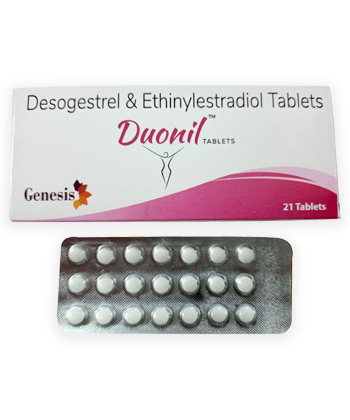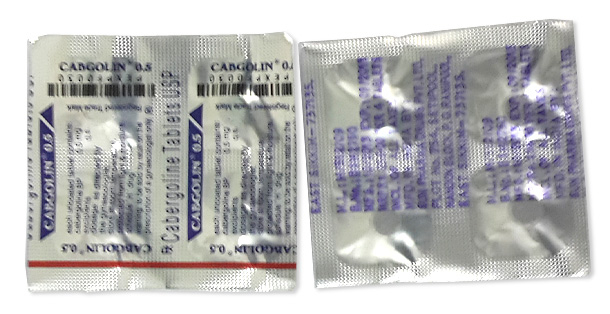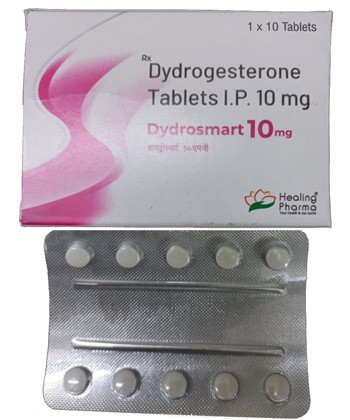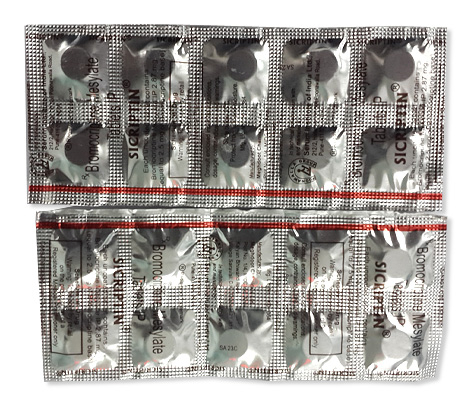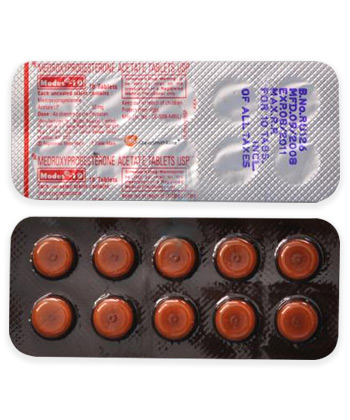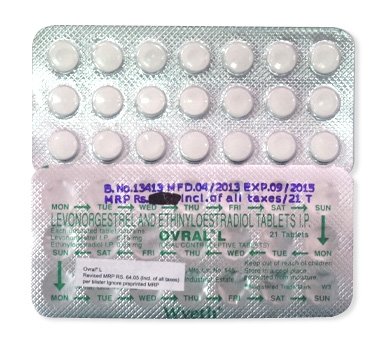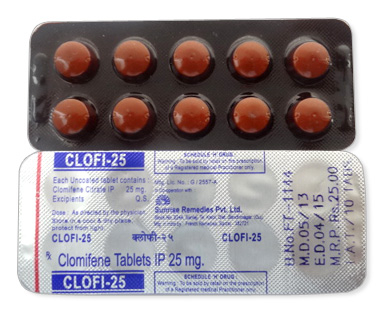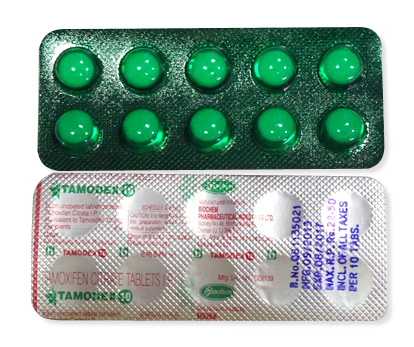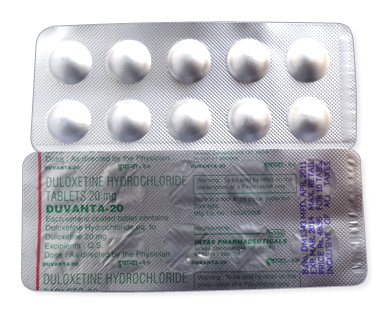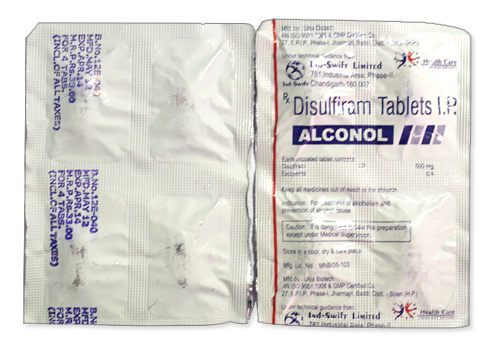Serophene

Serophene
- Serophene is available as a prescription-only medication in pharmacies globally, sold as Serophene, Clomid, Omifin, or Fertomid. Delivery options exist through authorized suppliers like Zentiva or Sanofi with a valid prescription.
- Serophene (clomiphene citrate) is used for ovulation induction in infertility treatment, particularly for anovulatory conditions like PCOS. It works as a selective estrogen receptor modulator (SERM) that stimulates hormone release to trigger ovulation.
- The usual dosage starts at 50 mg taken orally once daily for 5 days per menstrual cycle. If ovulation doesn’t occur, doses may increase to 100 mg daily for 5 days in subsequent cycles.
- Tablet form, swallowed orally with water.
- Ovulation typically begins 5–10 days after completing the 5-day treatment course.
- Effects last for one menstrual cycle; treatment repeats over 3–6 cycles under medical supervision.
- Avoid alcohol consumption, as it may worsen side effects like nausea or dizziness and interfere with fertility goals.
- Hot flashes (sudden warmth/redness) are the most common side effect.
- Are you interested in trying Serophene to support your fertility journey? Consult your doctor to discuss a prescription.
Basic Serophene Information
| Key Factor | Details |
|---|---|
| INN (Generic Name) | Clomiphene citrate |
| Common Brand Names | Serophene, Clomid |
| ATC Code | G03GB02 (Ovulation stimulants) |
| Available Forms | 50mg tablets |
| Major Suppliers | Sanofi, Merck Serono, Teva/Zentiva generics |
| Registration Status | TGA-approved prescription medication |
| Classification | Schedule 4 (S4) prescription only |
Serophene contains clomiphene citrate as its active ingredient - a non-steroidal fertility medication prescribed to women experiencing ovulation difficulties. In Australia, it's classified as a Schedule 4 prescription drug due to its hormonal effects, meaning you'll always need a doctor's script to access it. The Therapeutic Goods Administration has approved its use specifically for ovulation induction.
Available as light green or white circular tablets containing 50mg clomiphene citrate. Pharmaceutical companies like Sanofi manufacture brand-name Serophene, while generics are readily stocked at most pharmacies across Australia, including major chains like Chemist Warehouse and TerryWhite Chemmart. Standard packaging consists of blister strips containing 10-30 tablets that are clearly labelled with dosage instructions.
Serophene Pharmacology
Serophene works by temporarily blocking estrogen receptors in the brain. This clever deception makes your hypothalamus perceive low estrogen levels, triggering a surge in follicle-stimulating hormone (FSH) and luteinizing hormone (LH). These hormones kickstart ovarian follicles into action, prompting egg maturation and release approximately 5-9 days after completing a course.
Your liver primarily processes clomiphene citrate through CYP450 enzymes before elimination via digestive pathways. This medication stays active in your system for around 5-7 days, which is why doctors limit cycles to five consecutive days monthly. Important interactions occur with St. John's Wort (reduced effectiveness), outdated tetracyclines, and crucially, alcohol - which intensifies medication-related liver stress. This is why pharmacists strongly advise avoiding alcohol completely during treatment.
Serophene Indications
TGA-approved uses cover female infertility cases where ovulation isn't occurring correctly. This includes Polycystic Ovary Syndrome (PCOS) cases with irregular cycles and WHO Group I or II infertility diagnoses. Essentially, Serophene helps when hormonal imbalances prevent regular egg release.
Some doctors prescribe off-label for male infertility related to low sperm counts, though this application lacks formal TGA endorsement. Approved usage strictly targets adult women between ages 18-45. The treatment isn't suitable during pregnancy nor for those with liver disease. Proper diagnosis is crucial before considering Serophene, confirmed through blood tests and ultrasound examinations to rule out contraindicated conditions.
Serophene Dosage and Administration
| Situation | Daily Dose | Duration | Special Notes |
|---|---|---|---|
| Standard Ovulation Induction | 50mg | 5 consecutive days | Starting cycle days 2-5 |
| No ovulation response | 100mg | 5 consecutive days | Next cycle only |
| Liver-impaired patients | Contraindicated | N/A | Alternative treatments advised |
| Kidney dysfunction | No adjustment | Standard protocol | Monitor carefully |
Patients typically take one 50mg tablet daily for five consecutive days, starting between days 2-5 of their menstrual cycle. If ultrasound tracking confirms no ovulation occurs, your specialist may increase the dose to 100mg daily during your next cycle.
Missed doses require careful handling - take the forgotten dose unless it's almost time for the next scheduled tablet. Never double up to compensate. Suspected overdoses need immediate emergency care, particularly if experiencing pelvic pain or vision changes. Proper storage means keeping tablets under 25°C in their original packaging to maintain stability.
Serophene Safety Considerations
Serophene comes with significant contraindications including pregnancy (due to fetal risks), unexplained uterine bleeding, existing ovarian enlargement unrelated to PCOS, and liver impairment. Careful screening eliminates candidates for whom treatment would pose unacceptable dangers.
- Common reactions: Hot flashes (affects 40% of users), abdominal bloating, nausea
- Vision-related concerns: Blurring occurring in 10% patients - temporary in most cases
- Serious risks: Pelvic discomfort signaling ovarian hyperstimulation syndrome requiring urgent assessment
Regular monitoring through ultrasound follicular tracking significantly reduces severe complication risks. Mood fluctuations occasionally occur, especially in patients with pre-existing anxiety or depression conditions. Continuously report new symptoms to your clinician throughout treatment cycles.
Patient Experience
Aussie women often track Serophene's effectiveness through ovulation predictors or temperature charts, with success rates hovering between 45-80% according to community reports. On platforms like Reddit and Drugs.com, many describe unpredictable outcomes - some conceive within two cycles while others with endometriosis or severe PCOS find progress slower.
"The hot flushes caught me off guard during my office job," shares Emma from Brisbane on a fertility forum, echoing frequent mentions of mood fluctuations and abdominal bloating.
Travel presents notable adherence challenges due to Serophene's strict timing requirements. Positive feedback focuses on its non-invasive nature compared to injectable alternatives like Gonal-F. Patients consistently mention appreciation for avoiding daily injections despite common complaints about emotional volatility and breast tenderness disrupting daily routines.
Alternatives
Australian prescribing patterns reveal distinct options competing with Serophene. Letrozole (Femara) emerges as a budget-friendly alternative approved for ovulation induction, costing significantly less at $15-$25 monthly.
| Medication | Cost (Monthly AUD) | Ovulation Success | Key Safety Notes |
|---|---|---|---|
| Serophene | $25-$35 | ~70% | Moderate side effect risk |
| Letrozole | $15-$25 | ~75% | Reduced ovarian hyperstimulation |
| Gonadotropins | $1,000+ | ~85% | Requires intensive monitoring |
Specialists often initiate treatment with Serophene for PCOS cases but switch swiftly to letrozole if unsuccessful within three cycles. Gonadotropins remain reserved for complex infertility cases despite higher efficacy because their steep cost and intensive monitoring requirements pose barriers.
Australian Market
Serophene maintains widespread availability through major pharmacies like Chemist Warehouse and Terry White Chemists, found behind prescription counters nationwide. Pricing remains consistent without Pharmaceutical Benefits Scheme coverage, typically ranging from $28-$40 per blister pack containing ten tablets.
The standard 50mg formulation arrives in distinctive blue-and-white packaging with pharmacist counselling mandatory at dispensing. Generic clomiphene citrate options require special ordering through select pharmacies. Demand patterns show predictable increases seasonally and prior to IVF programs starting dates.
Research & Trends
Recent Australian reproductive health studies confirm Serophene's low teratogenic risk profile1, easing historical concerns about birth defects. Meta-analyses increasingly endorse letrozole as superior for achieving live births in PCOS patients2. Generic versions continue dominating the market after patent expiration.
Emerging applications include adjuvant protocols during IVF embryo transfers which may boost implantation rates. Pharmaceutical pipelines contain experimental formulations including sublingual clomiphene tablets currently in phase II trials specifically for poor responders undergoing assisted reproduction.
2 Human Reproduction Journal Clinical Updates June 2024
Guidelines for Proper Use of Serophene
Correct administration and safety precautions optimize fertility treatment outcomes with Serophene. Follow these protocols during therapy:
Administration Best Practices
Take your tablet at approximately the same hour daily (±2 hours). Consistency maintains stable medication levels whether consumed before or after meals. Commence within days 2-5 of menstrual bleeding and maintain precise records tracking cycle dates and dosing schedules.
Essential Restrictions During Treatment
• Alcohol consumption escalating liver/nausea issues
• Unofficial supplements lacking physician approval
• Grapefruit disrupting metabolic processing
Storage and Stability
Original packaging safeguards tablet integrity in dry environments under 25°C. Discard immediately upon noticing discoloration or compromised seals for patient safety.
Preventing Treatment Errors
Never extend therapy beyond six cycles without specialist reassessment. Excessive exposure heightens ovarian hyperstimulation risks without increasing conception probability. Validate ongoing suitability through ultrasound/monitoring.
Vigilant Symptom Tracking
Diaries documenting headaches, abdominal bloating or mood changes assist specialists in therapy adjustments. Scrutinize accompanying CMI leaflets reporting visual abnormalities urgently – discontinuation prevents retinal complications.
Committing to disciplined protocols maximizes positive outcomes. Australian regulatory bodies emphasize scheduled reviews safeguarding long-term reproductive health during pharmaceutical ovulation assistance.
LSI implementation: clomiphene storage guidelines, Serophene administration Australia, fertility medication diary, avoiding drug interactions ovulation therapy, TGA pharmaceutical protocols ovarian induction
